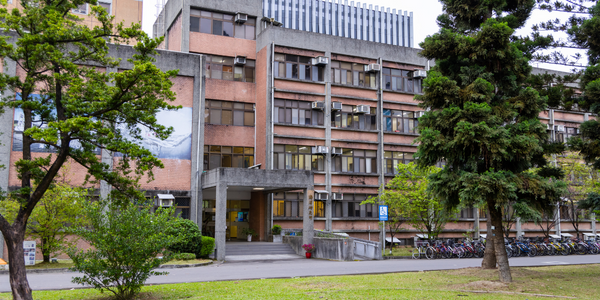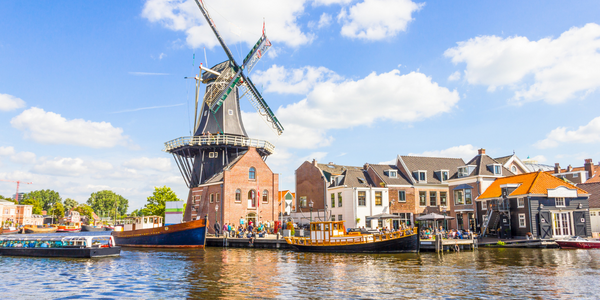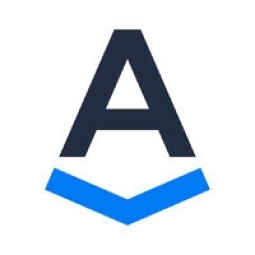Technology Category
- Analytics & Modeling - Real Time Analytics
- Functional Applications - Computerized Maintenance Management Systems (CMMS)
Applicable Industries
- Buildings
- Cities & Municipalities
Applicable Functions
- Maintenance
- Quality Assurance
Use Cases
- Onsite Human Safety Management
- Personnel Tracking & Monitoring
Services
- System Integration
- Testing & Certification
About The Customer
Sydney Civil is a leading civil construction company with over 20 years of experience. The company specializes in local government work and private sector projects, including contractors such as Richard Crooks and Meriton Apartments. However, government work remains their crowned jewel. The company prides itself on being an innovative company and is in constant search for systems that can support its growth and create operational efficiencies. Sydney Civil has a workforce of over 130 people and a fleet that can have up to 100 machines out on site any given day. The company is output-driven and measures its costs against its revenue.
The Challenge
Sydney Civil, a leader in civil construction with over 20 years of experience, was facing challenges in managing its operations efficiently. The company, which specializes in local government work and private sector projects, had to meet strict and specific requirements for its mostly government-funded projects. This involved managing a tight schedule, quality assurance, work health and safety, environmental concerns, and stakeholder expectations, all while ensuring customer satisfaction. The company was in constant search for systems that could support its growth and create operational efficiencies. Prior to using Assignar, Sydney Civil was using paper timesheets, word documents, and various spreadsheets to manage its workers. This led to a complex process of linking all these silos of data to create a holistic system, which ran the risk of losing these important processes with the employee who managed it.
The Solution
Sydney Civil found the solution to its operational challenges in Assignar, a software that best fit its needs. With Assignar, everything is connected. The company can now see where all its employees are and where they are going. The workers simply clock in and clock out via the mobile app and their digital timesheets are received by the office in real-time. This has removed a lot of the manual effort and admin tasks the company used to conduct. The workers now know who is on their crew, what assets are required, what materials they need to bring to the site and job location before they arrive at the depot or jobsite. With the communication and data sharing Assignar provides, the workers can focus on planning 5-6 jobs a day. All related safety documentation is digitally created, stored, and submitted. The company can create maintenance reports, hazard reports, and incident reports. With these crucial reports stored on the cloud and accessible via desktop, mobile and tablets, the company is always ready for any audit.
Operational Impact
Quantitative Benefit

Case Study missing?
Start adding your own!
Register with your work email and create a new case study profile for your business.
Related Case Studies.

Case Study
Turning A Stadium Into A Smart Building
Honeywell created what it called the “intelligent system” for the National Stadium in Beijing, China, turning the venue for the opening and closing events at the 2008 Summer Olympics into a “smart building.” Designed by highly controversial artist Ai Weiwei, the “Bird’s Nest” remains one of the most impressive feats of stadium architecture in the world. The 250,000 square meter structure housed more than 100,000 athletes and spectators at a time. To accommodate such capacity, China turned to Honeywell’s EBI Integrated Building Management System to create an integrated “intelligent system” for improved building security, safety and energy efficiency.

Case Study
Energy Saving & Power Monitoring System
Recently a university in Taiwan was experiencing dramatic power usage increases due to its growing number of campus buildings and students. Aiming to analyze their power consumption and increase their power efficiency across 52 buildings, the university wanted to build a power management system utilizing web-based hardware and software. With these goals in mind, they contacted Advantech to help them develop their system and provide them with the means to save energy in the years to come.
.png)
Case Study
Smart Street Light Network (Copenhagen)
Key stakeholders are taking a comprehensive approach to rethinking smart city innovation. City leaders have collaborated through partnerships involving government, research institutions and solution providers. The Copenhagen Solutions Lab is one of the leading organizations at the forefront of this movement. By bringing together manufacturers with municipal buyers, the Copenhagen Solutions Lab has catalyzed the development and deployment of next-generation smart city innovations. Copenhagen is leveraging this unique approach to accelerate the implementation of smart city solutions. One of the primary focus areas is LED street lighting.

Case Study
Buoy Status Monitoring with LoRa
The Netherlands are well-known for their inland waterways, canals, sluices and of course port activities. The Dutch Ministry of Infrastructure indicates that there are thousands of buoys and fixed items in and near water environments that would profit from IoT monitoring. One of the problems with buoys for example, is that they get hit by ships and the anchor cable breaks. Without connectivity, it takes quite some time to find out that something has happened with that buoy. Not to mention the costs of renting a boat to go to the buoy to fix it. Another important issue, is that there is no real-time monitoring of the buoys at this moment. Only by physically visiting the object on the water, one gains insight in its status.

Case Study
Barcelona Case Study
Barcelona’s heavy traffic and its associated high levels of pollution were the primary factors that motivated some companies and universities to work on strategies for improving traffic in the city centre. Bitcarrier is one of the technologies involved in the In4Mo Project, whose main objective is to develop the applications that form the core of smart mobility, one of the fundamental pillars of the smart city concept.








